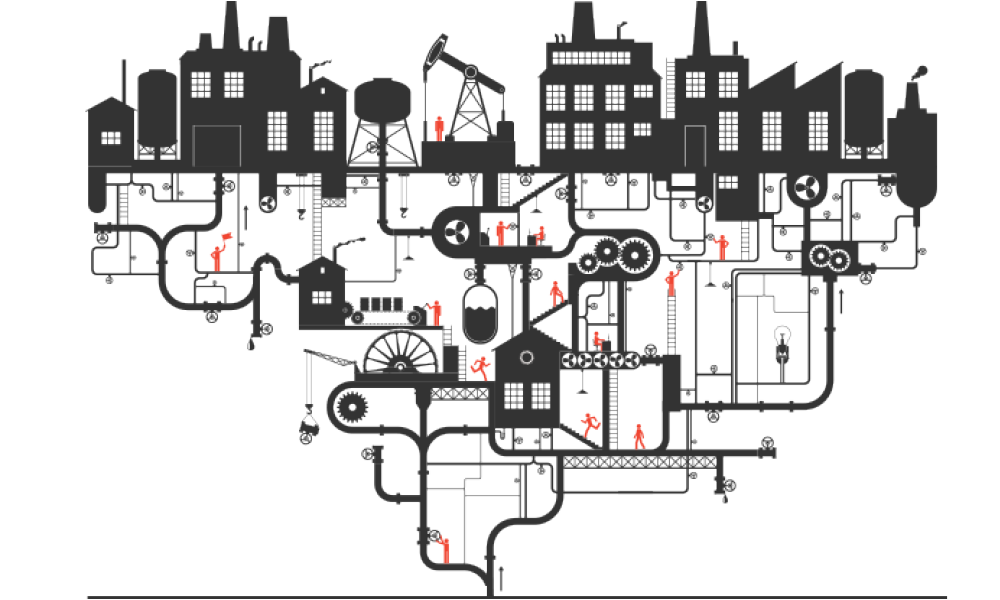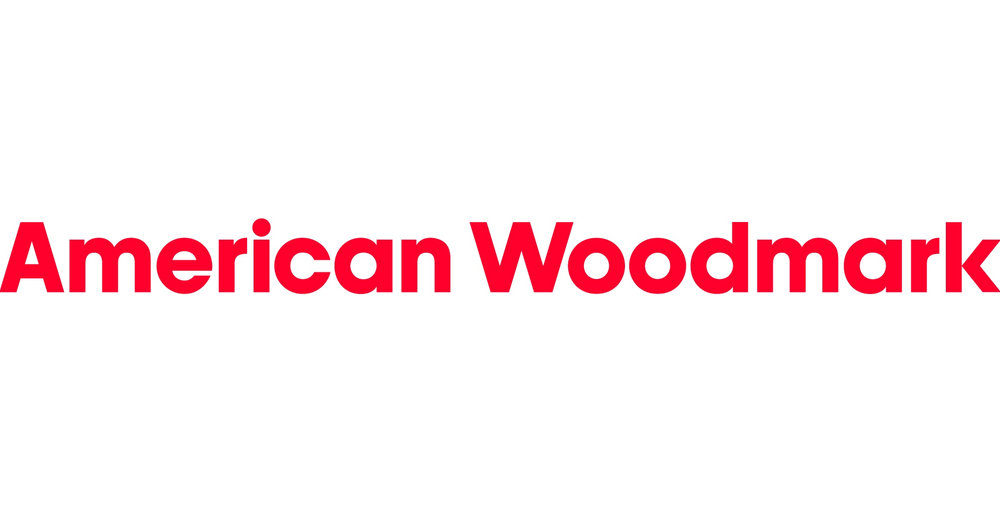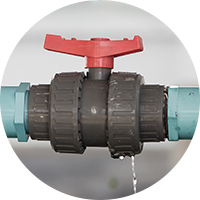TPM: Process and Equipment Reliability
A prerequisite for meeting customer demand on time, as planned.
Harnessing the Power of TPM for Lasting Transformation
With our decades of Total Productive Maintenance (TPM) implementation experience, we have seen first-hand how TPM works systemically to bring technical and culture change to organizations.

WE HELP YOU BUILD AND IMPLEMENT TPM
Total Productive Maintenance is all about achieving zero unplanned equipment downtime, eliminating accelerated deterioration, and lowering equipment life cycle cost. It involves employees at all levels and creates a partnership between engineering, maintenance, quality, and production who work together to improve equipment reliability.
This kind of engagement requires an experienced partner with expert practitioners and proven strategies to ensure your greatest return on investment, in the shortest amount of time.
Internal TPM capabilities are developed by:
- Creating a customized roll-out plan and deploying TPM pillars
- Assisting you in improvement of critical equipment performance
- Managing both social and technical elements of implementation integrating Industry 4.0
This will result in:
- Improved manufacturing performance and reduced maintenance costs
- Opportunities for engineering, maintenance and production to work together developing next generation machinery and processes
TOTAL PRODUCTIVE MAINTENANCE IS BASED ON COOPERATION, COLLABORATION AND COMMUNICATION
These 3C’s add up to one very powerful partnership. Through our years of TPM implementation experience, we’ve learned first-hand how the pillars of TPM work systematically to bring technical and cultural changes to your organization.
Here’s a quick summary of the roles and responsibilities associated with implementation of the TPM Pillars:
TPM PILLARS AND ROLES & RESPONSIBILITIES
Total Productive Maintenance is made up of eight core pillars that effectively drive technical and cultural advancements to your organization.In a TPM environment the process owners’ role is to prevent or control deterioration. This is accomplished by having process owners take responsibility for the routine maintenance of the production equipment thus eliminating the days of “I operate it/you fix it”. Activities performed include cleaning, inspecting, lubricating, and establishing provisional standards for each. As the initial steps of Autonomous Maintenance become routine, skill development and training sessions are established to teach process owners about machine sub-systems. Over time, these activities become part of the production process owners’ daily work.
With the basic Autonomous Maintenance routines established and being carried out by the process owners, maintenance technicians focus on planned, preventive and predictive maintenance, and stores management. They spend time nurturing and enhancing production process ownership and teach process owners the routine maintenance operations for all machine sub-systems. As the Total Productive Maintenance (TPM) effort continues to mature, maintenance techs will also work with quality and engineering on zero defects, design for maintainability projects and new equipment design/install.
Underpinning all TPM’s technical improvements is a robust training and skill development effort. This is vital as operators and maintenance techs must have the skills to carry out all the required TPM activities, including the ability to judge normal and abnormal conditions and strictly enforce condition management rules. In addition to these skills, training in culture/social skill development, such as, lessons on teaming and team-based problem solving, are vital to functioning in a robust team-based environment. When developing your training effort, keep focused on the types of skills you want coming out of the effort and remember to keep sight of individual’s needs.
Concurrent with the Autonomous Maintenance and Maintenance Improvement efforts, production process owners and maintenance techs also work in partnership to understand and correct targeted/chronic losses through Focused Improvement activities. These cross-functional teams continuously investigate, test, and implement improvements with the goal of maximizing equipment effectiveness. The lessons learned are applied to new equipment design and build as well as existing equipment redesign and rebuild through Early Equipment Management and Maintenance Prevention Design.
With the first 4 TPM Pillars (Autonomous Maintenance, Maintenance Improvement, Focused Improvement and Training and Skills Development) in place and taking hold, the TPM effort begins to focus on Quality Maintenance and achieving zero defects. Like safety, quality is everyone’s responsibility. In the TPM environment, it is understood that the key to zero defects resides closest to where the product is being made. As such, quality managers, engineers, maintenance techs and process owners work together using root-cause problem solving techniques to analyze defects so steps can be taken to eliminate the defect from reoccurring.
Throughout the Total Productive Maintenance (TPM) implementation, engineering plays a key role. From working with production process owners to make machine modifications that enable easy cleaning and inspection to working with quality and maintenance on modifications to eliminate quality defects, it is the role of engineering to ensure machine standards evolve to support the effort. Engineering also works with various stakeholders to ensure that new equipment goes into production in a “TPM state of readiness” thus ensuring optimal performance is reached earlier than is ‘normal’ and quality output is achieved from the first production day. To make all of this happen, engineers should spend approximately 50% of their time in the workplace.
Safety and sustainability are key organizational tenets, and it’s no surprise that TPM is an enabler to both. This is why the Environment, Health, and Safety Pillar is a key element in the TPM Process. TPM’s focus on improving equipment reliability, preventing human error, and eliminating accidents remove common workplace dangers while simultaneously reducing material waste, power and water usage, and noise pollution!
With TPM activities being a carried out in the production area, it is the administrative departments’ responsibility to process information, advise on, and assist production and maintenance to help reduce cost. Additionally, administrative staff should continually examine and eliminate waste from their administrative value streams to help shorten lead-times and, in turn, time to market. The TPM process must be embraced by the entire organization.
How would you benefit from Total Productive Maintenance?
Let’s explore options to implementing TPM and improving your environmental impact today.

TPM CONTRIBUTES TO SUSTAINABILITY
With ever stricter regulatory standards, the continued need for waste management, and the push to clean energy, it is more important than ever to increase organizational sustainability. Total Productive Maintenance can make a significant contribution to your efforts in this arena. And we can help you get there.
Unleash Efficiency, Slash Costs, and Eliminate Downtime
Improvements gained from TPM implementation:
0%
Reduction in unplanned downtime
0%
Reduction in maintenance (fix/repair) costs
0%
Increase in equipment/process performance efficiency (that’s free capacity!)
News & Resource Library
Check out our white papers, case studies, and view our implementation experiences in our news & resource library.
Explore Our LibraryCertification & Training
Think you'd like to get Lean certified? Explore in-house customized TPM training with open enrollment for your team.
Browse Programs
“We keep thinking that at some point we will have seen so much from Productivity that we won’t have anything to take home – but we keep on learning and taking things home. Great stuff.”
– Kathi W., Manager, American Woodmark


